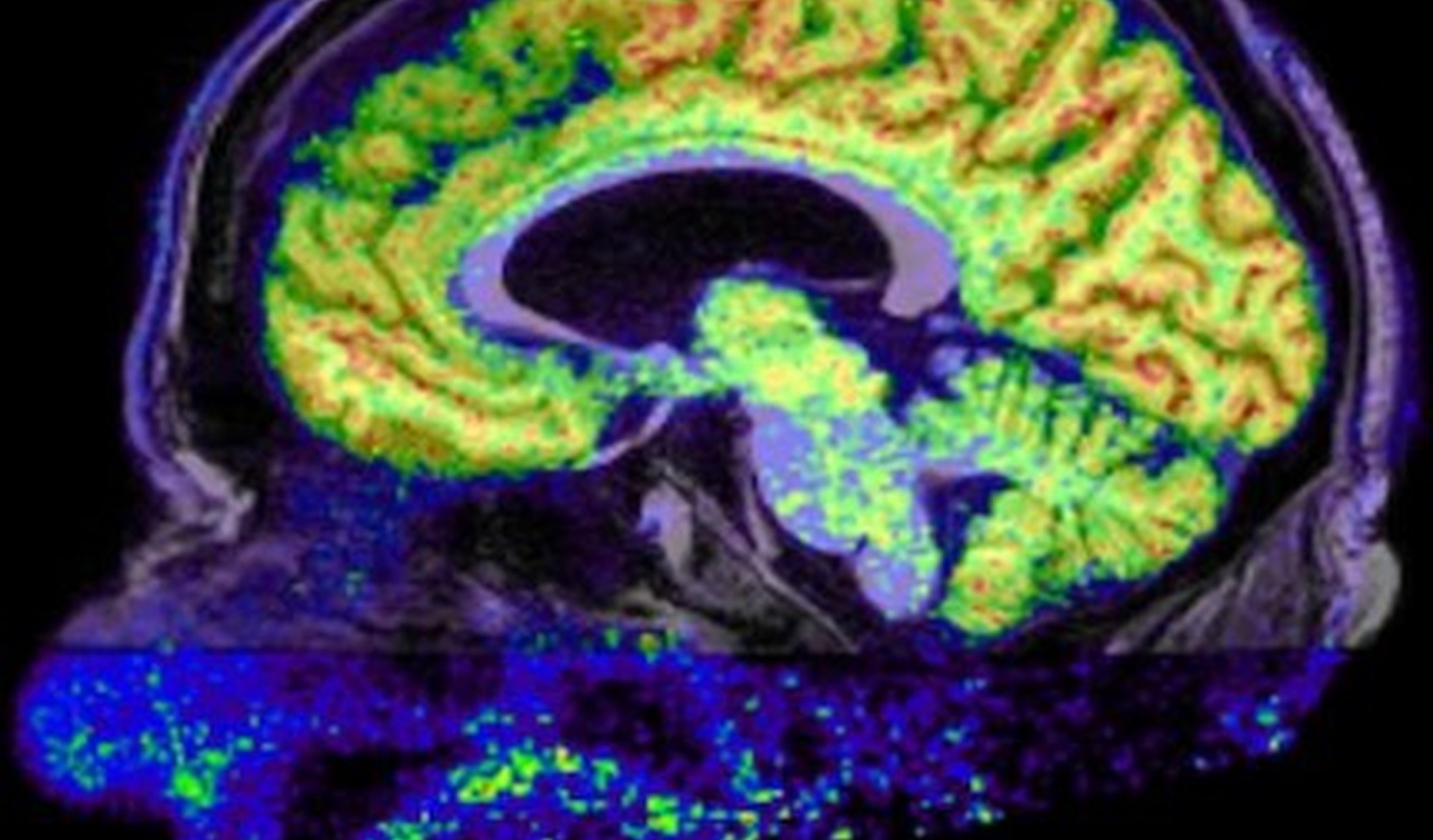Positron-Emission Tomography with Cryogenic Crystals

Internship
Type of Project: Experimental Project
Location: Donostia
Supervisors:
S. R. Soleti
J.J. Gomez-Cadenas
Positron-emission tomography (PET) is a cutting-edge imaging technique that plays a pivotal role in medical diagnostics, utilizing positron-emitting radionuclides to track biologically active molecules. The annihilation of positrons and electrons produces gamma rays, which are detected to create detailed images of functional processes within the body.
This internship offers the opportunity to work on the physics behind PET scanners, with a specific focus on the use of cesium iodide (CsI) crystals. These scintillating crystals emit light when excited by ionizing radiation, such as gamma rays in a PET. A unique aspect of this project involves cooling these cesium iodide crystals at cryogenic temperatures using liquid nitrogen. This cooling significantly enhances the performance of the crystals, increasing their light yield, thus improving the resolution of the PET images. The light emitted by the crystals is detected by silicon photomultipliers, which are efficient and robust solid-state photosensors apt to be used at cryogenic temperatures.
This internship is an excellent opportunity to gain hands-on experience in a laboratory setting, working on a project that merges particle physics, cryogenic technology, and medical imaging. The student will also have the chance to perform detailed microphysical simulations of the device and apply machine learning algorithms to reconstruct the trajectory of the gamma particles and the position of the radionuclides.
